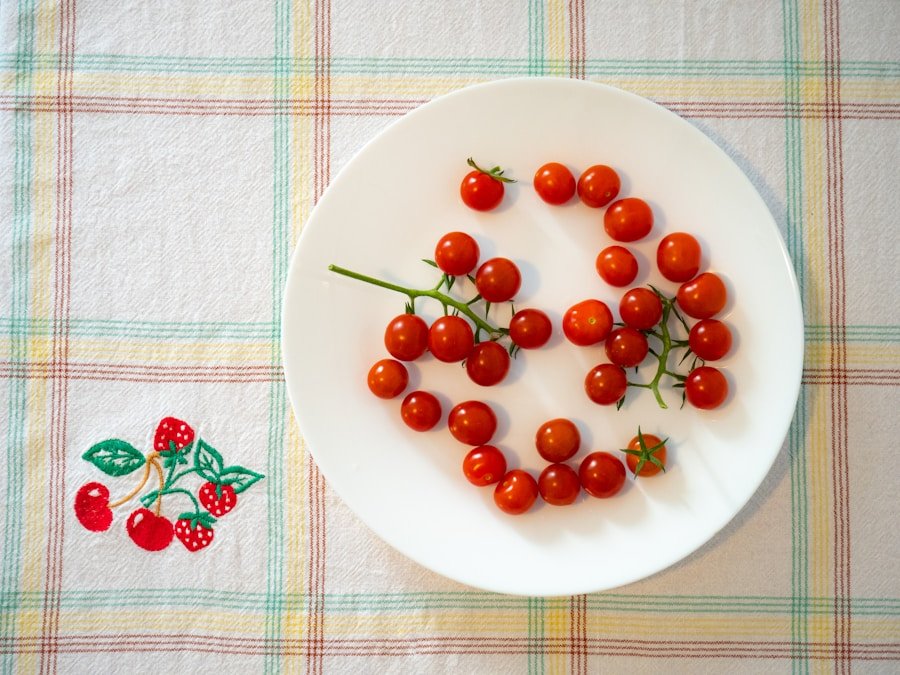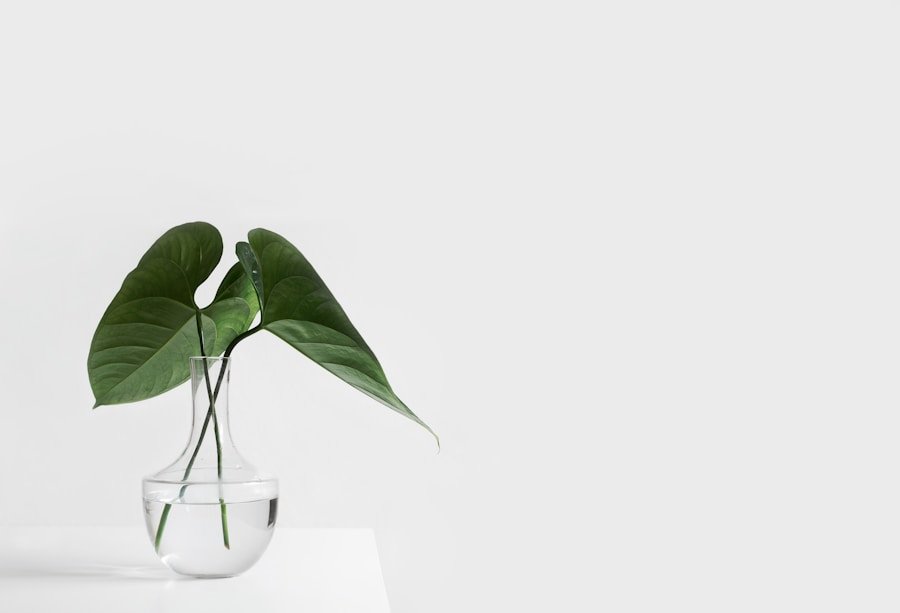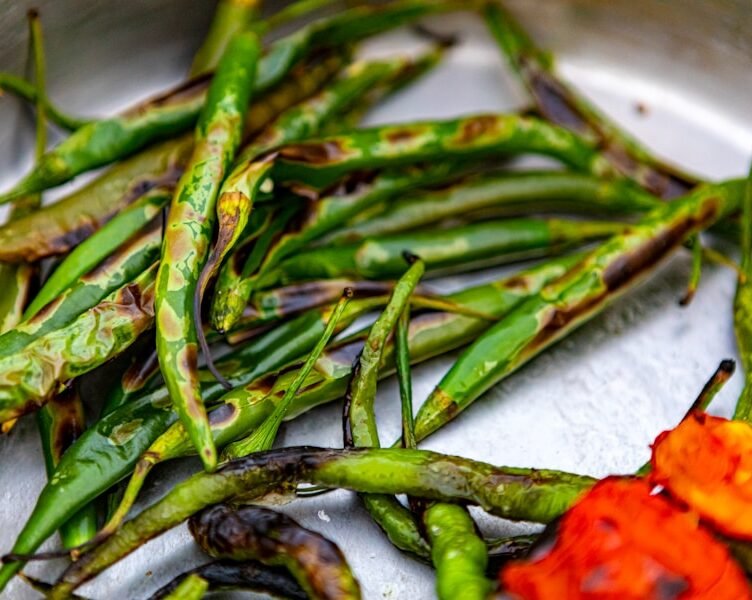When it comes to indoor vegetable gardening, selecting the right vegetables is vital for achieving success. Not all vegetables are suitable for indoor environments, so it’s essential to choose varieties that thrive in indoor conditions. Leafy greens such as lettuce, spinach, and kale are ideal for indoor gardening, as they are relatively low-maintenance and can flourish in small containers or spaces.
Herbs like basil, cilantro, and parsley are also well-suited for indoor growing, requiring minimal space and easily incorporating into cooking. Additionally, compact varieties of tomatoes, peppers, and cucumbers can be grown indoors with proper care and attention. When selecting vegetables for your indoor garden, consider the available light and space, as well as your personal preferences and cooking habits.
By choosing the right vegetables, you can ensure a successful and abundant harvest.
Key Takeaways
- Choose low-maintenance vegetables like herbs, salad greens, and cherry tomatoes for indoor gardening
- Utilize vertical space with hanging planters and wall-mounted shelves to maximize space
- Use self-watering containers and slow-release fertilizers to save time on watering and fertilizing
- Invest in grow lights, pruners, and organic pest control products for a successful indoor garden
- Regularly inspect plants for signs of pests and diseases, and water plants when the top inch of soil is dry
Maximizing Space in Your Indoor Garden
Vertical Gardening: A Space-Saving Solution
One of the biggest challenges of indoor vegetable gardening is maximizing space in a limited environment. Fortunately, there are several strategies you can use to make the most of your indoor garden space. Vertical gardening is a great way to maximize space in a small indoor garden. By using trellises, hanging planters, or wall-mounted containers, you can grow vegetables vertically and make use of the vertical space in your home.
Compact Varieties: Bigger Harvests in Smaller Spaces
Additionally, using compact or dwarf varieties of vegetables can help you make the most of your indoor garden space. These smaller plants take up less room but still produce a bountiful harvest.
Creative Containers: Adding Visual Interest and Maximizing Space
Finally, utilizing creative containers such as hanging baskets, window boxes, or tiered plant stands can help you make the most of your indoor garden space while adding visual interest to your home.
Time-Saving Tips for Busy Indoor Gardeners
For busy individuals who want to enjoy the benefits of indoor vegetable gardening, there are several time-saving tips that can help make the process more manageable. One time-saving tip is to invest in self-watering containers or irrigation systems that can help automate the watering process and reduce the need for daily maintenance. Additionally, using slow-release fertilizers can help reduce the frequency of fertilizing and ensure that your plants receive the nutrients they need over an extended period of time.
Another time-saving tip is to use mulch or compost to help retain moisture and reduce the need for frequent watering. Finally, setting up a regular maintenance schedule and sticking to it can help ensure that your indoor garden stays healthy and productive without requiring too much time and effort. For busy individuals who want to enjoy the benefits of indoor vegetable gardening, there are several time-saving tips that can help make the process more manageable.
One time-saving tip is to invest in self-watering containers or irrigation systems that can help automate the watering process and reduce the need for daily maintenance. Additionally, using slow-release fertilizers can help reduce the frequency of fertilizing and ensure that your plants receive the nutrients they need over an extended period of time. Another time-saving tip is to use mulch or compost to help retain moisture and reduce the need for frequent watering.
Finally, setting up a regular maintenance schedule and sticking to it can help ensure that your indoor garden stays healthy and productive without requiring too much time and effort.
Essential Tools and Supplies for Indoor Vegetable Gardening
| Vegetable | Time to Harvest | Light Requirements | Watering Frequency |
|---|---|---|---|
| Tomatoes | 60-85 days | 6-8 hours of direct sunlight | Regular, keep soil consistently moist |
| Peppers | 60-90 days | 6-8 hours of direct sunlight | Regular, keep soil consistently moist |
| Lettuce | 30-60 days | 4-6 hours of direct sunlight | Regular, keep soil consistently moist |
| Spinach | 37-45 days | 4-6 hours of direct sunlight | Regular, keep soil consistently moist |
When it comes to indoor vegetable gardening, having the right tools and supplies on hand is essential for success. Some essential tools for indoor gardening include a trowel or hand shovel for planting and transplanting, pruning shears for trimming and harvesting, and a watering can or hose attachment for watering your plants. Additionally, having a good quality potting mix or soilless mix is important for providing your plants with the nutrients they need to thrive in a container environment.
Other essential supplies for indoor vegetable gardening include containers or pots of various sizes, plant supports such as trellises or stakes, and organic fertilizers or compost for providing nutrients to your plants. By having the right tools and supplies on hand, you can set yourself up for a successful indoor vegetable garden. When it comes to indoor vegetable gardening, having the right tools and supplies on hand is essential for success.
Some essential tools for indoor gardening include a trowel or hand shovel for planting and transplanting, pruning shears for trimming and harvesting, and a watering can or hose attachment for watering your plants. Additionally, having a good quality potting mix or soilless mix is important for providing your plants with the nutrients they need to thrive in a container environment. Other essential supplies for indoor vegetable gardening include containers or pots of various sizes, plant supports such as trellises or stakes, and organic fertilizers or compost for providing nutrients to your plants.
By having the right tools and supplies on hand, you can set yourself up for a successful indoor vegetable garden.
Managing Pests and Diseases in Indoor Gardens
Pests and diseases can be a common challenge for indoor vegetable gardens, but there are several strategies you can use to manage these issues effectively. One strategy is to practice good sanitation by regularly cleaning and disinfecting your gardening tools and containers to prevent the spread of pests and diseases. Additionally, inspecting your plants regularly for signs of pests or diseases can help you catch issues early and take action before they become a major problem.
Using natural pest control methods such as insecticidal soaps or neem oil can help manage pests without harming beneficial insects or pollinators. Finally, choosing disease-resistant varieties of vegetables and practicing crop rotation can help prevent the spread of diseases in your indoor garden. By being proactive about managing pests and diseases, you can help ensure that your indoor vegetable garden stays healthy and productive.
Pests and diseases can be a common challenge for indoor vegetable gardens, but there are several strategies you can use to manage these issues effectively. One strategy is to practice good sanitation by regularly cleaning and disinfecting your gardening tools and containers to prevent the spread of pests and diseases. Additionally, inspecting your plants regularly for signs of pests or diseases can help you catch issues early and take action before they become a major problem.
Using natural pest control methods such as insecticidal soaps or neem oil can help manage pests without harming beneficial insects or pollinators. Finally, choosing disease-resistant varieties of vegetables and practicing crop rotation can help prevent the spread of diseases in your indoor garden. By being proactive about managing pests and diseases, you can help ensure that your indoor vegetable garden stays healthy and productive.
Watering and Fertilizing Techniques for Indoor Vegetable Plants
Watering Your Indoor Garden
Consistent and balanced watering is crucial for the health and productivity of indoor vegetable plants. It’s essential to water your plants regularly, but not excessively, as overwatering can lead to root rot and other issues. To avoid this, allow the soil to dry out slightly between waterings. You can also use a moisture meter or stick your finger into the soil to determine when it’s time to water your plants.
Fertilizing for Optimal Growth
Using a balanced organic fertilizer or compost can provide the necessary nutrients for your indoor vegetable plants to thrive. However, it’s important to follow the recommended application rates on the fertilizer package and avoid over-fertilizing, which can lead to nutrient imbalances and other issues.
Ensuring Healthy and Productive Plants
By using proper watering and fertilizing techniques, you can help ensure that your indoor vegetable plants stay healthy and productive. Remember to water consistently but not excessively, and fertilize with a balanced organic fertilizer or compost. With proper care, your indoor vegetable plants will thrive and provide you with a bountiful harvest.
Harvesting and Enjoying the Fruits of Your Indoor Garden
After all of your hard work tending to your indoor vegetable garden, it’s time to enjoy the fruits of your labor! Harvesting your vegetables at the peak of ripeness ensures that they are at their most flavorful and nutritious. When harvesting leafy greens like lettuce or spinach, simply snip off outer leaves as needed with scissors or pruning shears, allowing the inner leaves to continue growing.
For herbs like basil or cilantro, pinch off individual leaves or stems as needed for cooking or garnishing dishes. When it comes to harvesting fruits like tomatoes or peppers, wait until they are fully ripe before picking them from the plant. Once you’ve harvested your vegetables from your indoor garden, be sure to enjoy them in a variety of delicious recipes that showcase their fresh flavors.
After all of your hard work tending to your indoor vegetable garden, it’s time to enjoy the fruits of your labor! Harvesting your vegetables at the peak of ripeness ensures that they are at their most flavorful and nutritious. When harvesting leafy greens like lettuce or spinach, simply snip off outer leaves as needed with scissors or pruning shears, allowing the inner leaves to continue growing.
For herbs like basil or cilantro, pinch off individual leaves or stems as needed for cooking or garnishing dishes. When it comes to harvesting fruits like tomatoes or peppers, wait until they are fully ripe before picking them from the plant. Once you’ve harvested your vegetables from your indoor garden, be sure to enjoy them in a variety of delicious recipes that showcase their fresh flavors.
In conclusion, indoor vegetable gardening is a rewarding hobby that allows busy individuals to enjoy fresh produce year-round. By choosing the right vegetables for indoor gardening, maximizing space in your indoor garden, utilizing time-saving tips, having essential tools and supplies on hand, managing pests and diseases effectively, using proper watering and fertilizing techniques, and harvesting and enjoying the fruits of your labor – you can create a thriving indoor vegetable garden that provides you with an abundance of fresh produce throughout the year. With some careful planning and attention to detail, even those with busy schedules can enjoy the benefits of growing their own vegetables indoors.
So whether you have limited outdoor space or simply want to enjoy gardening year-round from the comfort of your home – consider starting an indoor vegetable garden today!
FAQs
What is indoor vegetable gardening?
Indoor vegetable gardening is the practice of growing vegetables inside a building, such as a house or apartment, using containers, hydroponic systems, or other indoor gardening methods.
What are the benefits of indoor vegetable gardening for busy people?
Indoor vegetable gardening allows busy people to have access to fresh, homegrown produce without the need for a large outdoor garden. It also provides a convenient and enjoyable way to engage in gardening and enjoy the benefits of growing your own food.
What are some tips for successful indoor vegetable gardening?
Some tips for successful indoor vegetable gardening include choosing the right containers, providing adequate light, using the right soil or growing medium, and selecting suitable vegetable varieties for indoor growing conditions.
What are some common vegetables that can be grown indoors?
Common vegetables that can be grown indoors include tomatoes, peppers, lettuce, spinach, herbs, and microgreens. These vegetables are well-suited for indoor growing due to their compact size and relatively low light requirements.
What are some tricks for maximizing space in indoor vegetable gardening?
Tricks for maximizing space in indoor vegetable gardening include using vertical gardening techniques, choosing compact or dwarf varieties of vegetables, and utilizing hanging or wall-mounted planters. These methods can help make the most of limited indoor space.







